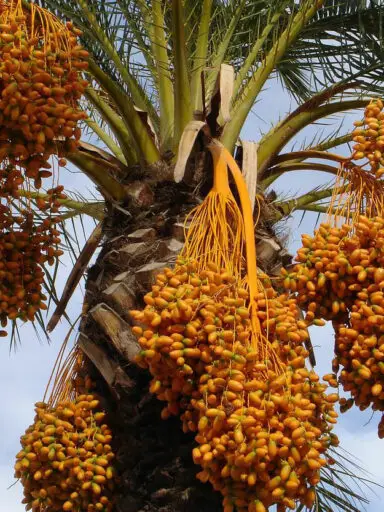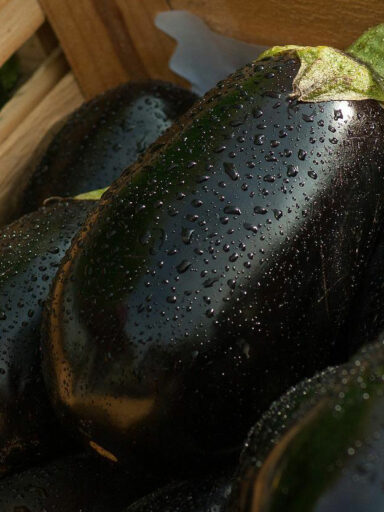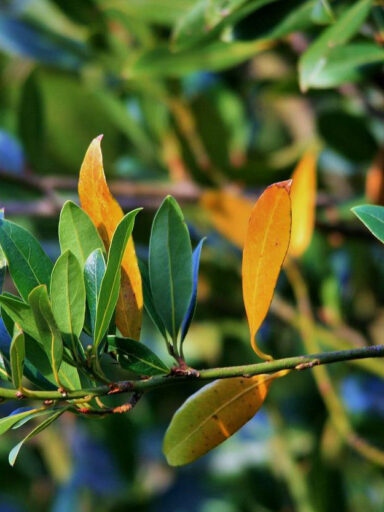The mango is an edible juicy, fleshy stone fruit of a tropical tree of the same name. It is native to South Asia but is now grown worldwide. It is also the national fruit of countries such as India, Bangladesh, Pakistan, and the Philippines.
The mango tree grows quite large to about 40 meters in height. The tree can live for way over 100 years. It is an evergreen tree that has small white flowers that end up as the fruit of either one of the 400 species of mango.
Depending on the variety the fruit is known to grow to about 5 to 15 cm long and 4 to 10 cm wide and contains a single oblong-shaped seed or stone. The pit is surrounded by a fleshy pulp. The fruit takes about three to six months to ripen.
The fruit varies in its outer skin color from yellow, orange, red, or green in varied tones. Ripe mangoes have a sweet taste with a slight tartness to them. It bears a mild rich fragrance.
Fresh mangoes are seasonal and are ready depending on the variety and region in which they are grown, be it tropical regions or subtropical regions. They are generally harvested when mature and green and allowed to ripen thereafter. The raw mango tends to be sour in taste and can be appealing to use in some savory dishes.
When purchasing them from the stores, select those that are firm but give in to pressure. The skin should be free from bruises and blemishes. There should be no signs of mold or rot on them. Ripe fruit should be stored in a refrigerator while the raw mature fruit should be stored at room temperature and left to ripen over several days.
Preparation of Mango for Culinary Purposes
You want to wash the mangoes in cold running water to remove any dirt, pesticide residue, insect eggs, and other surface pollutants. The fruit can be eaten as is without any seasoning or additional additives when ripe. The skin and pulp are both edible.
It can also be used in fruit salad dishes. In this case, slice the mango lengthwise into three sections to access the flesh on the inside. The pulp can then be cut into slices, cubes, or simply scooped out as per the requirements of the recipe.
Additionally, Mango can be blended into juice or smoothie mixes. It can also be mixed with milk and ice cream to make a milkshake. It can be used to make jam, jelly, ice cream, candy, and desserts.
The raw fruit can also be used to make chutney and pickles. In some regions, the raw mango is seasoned with cayenne pepper and eaten as a savory fruit. It can also be prepared as dried fruit and eaten as a snack.
Nutritional Benefits of the Mango
Mango contains 70 calories per 100 grams. It contains no cholesterol and is rich in dietary fiber and anti-oxidants. It is a good source of carbohydrates and contains little to no fat.
It is rich in vitamin C and vitamin A. It also contains significant amounts of vitamin E and vitamin K. Also present are the B complex vitamins, most notably pyridoxine. It has lesser amounts of thiamin, riboflavin, niacin, and folates.
It is a good source of copper but does not contain much above trace amounts of other essential minerals.




